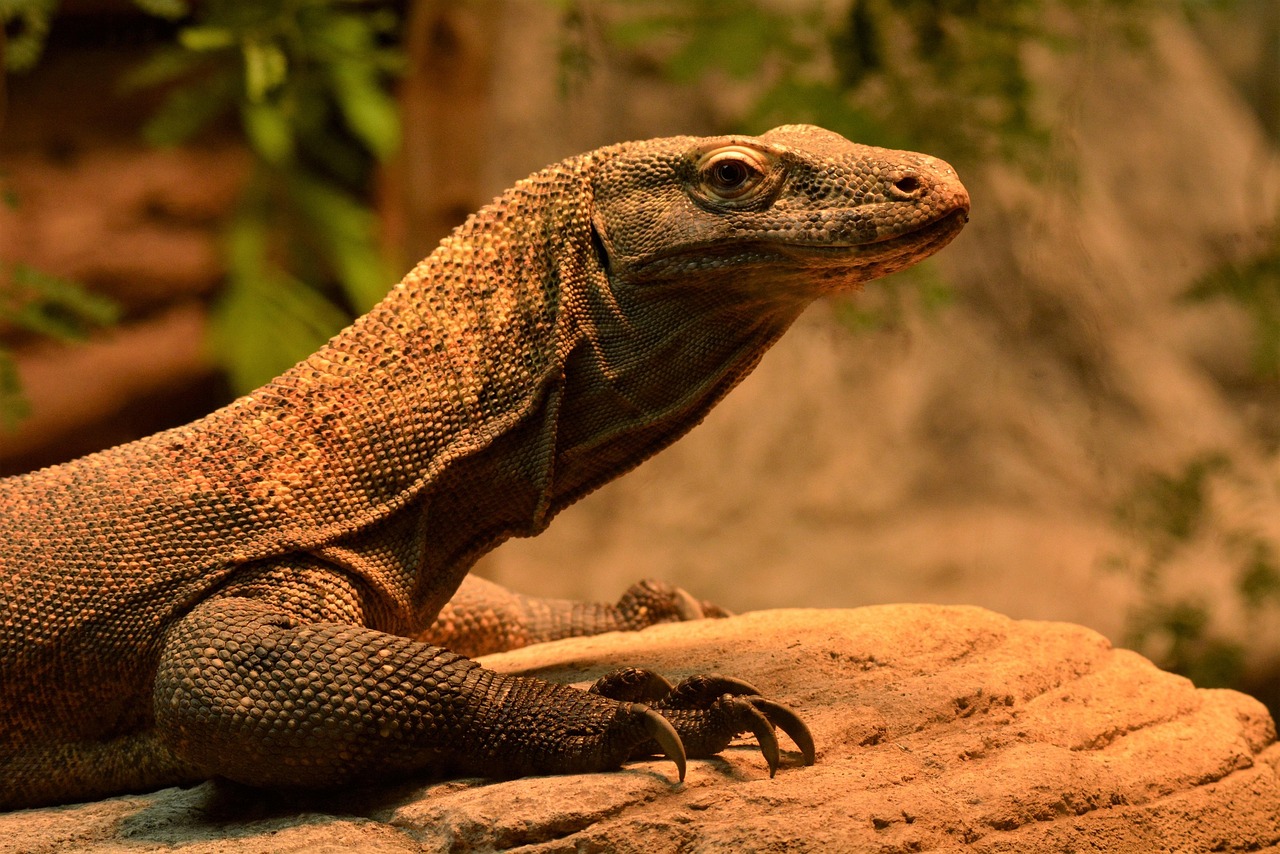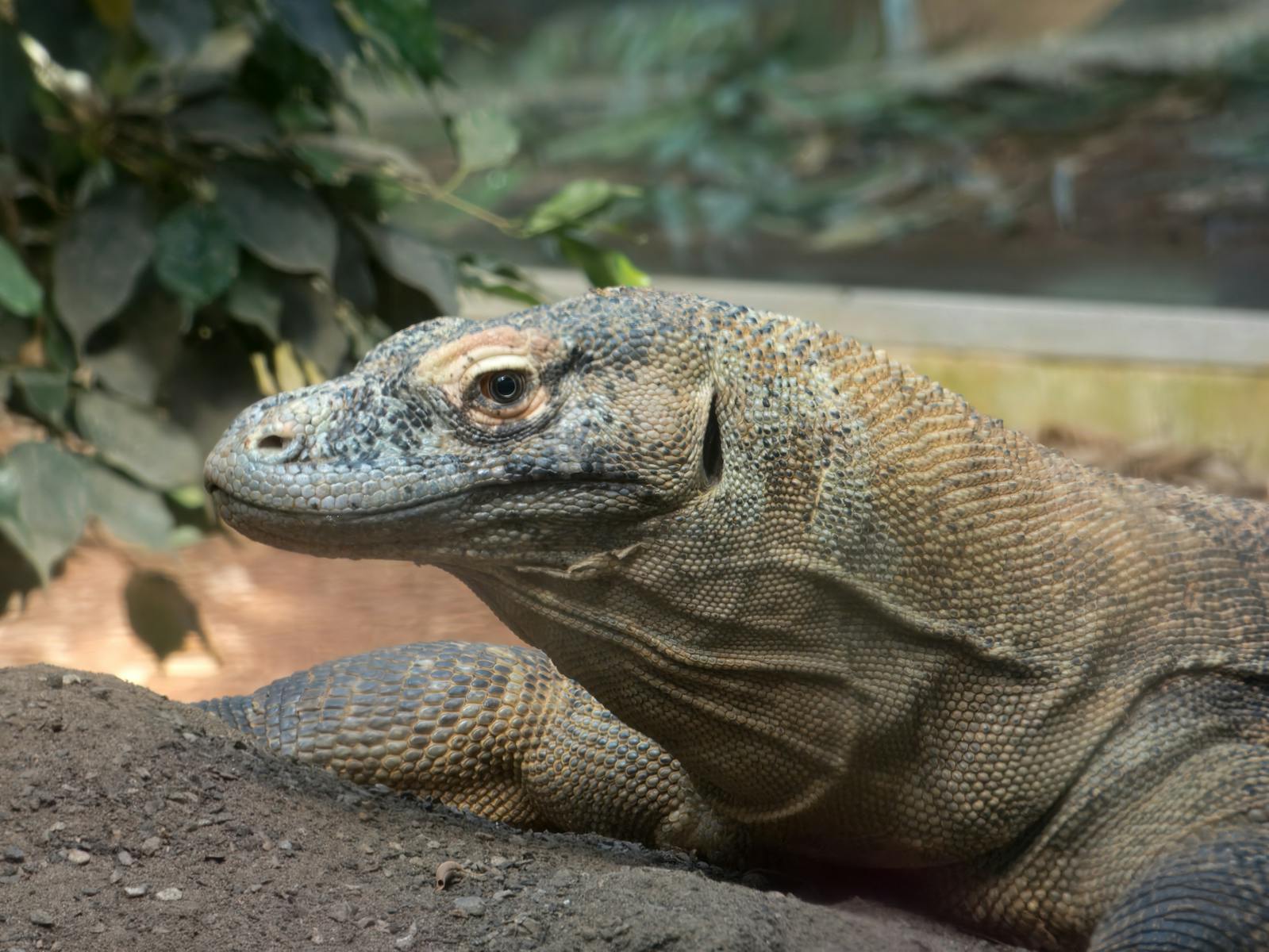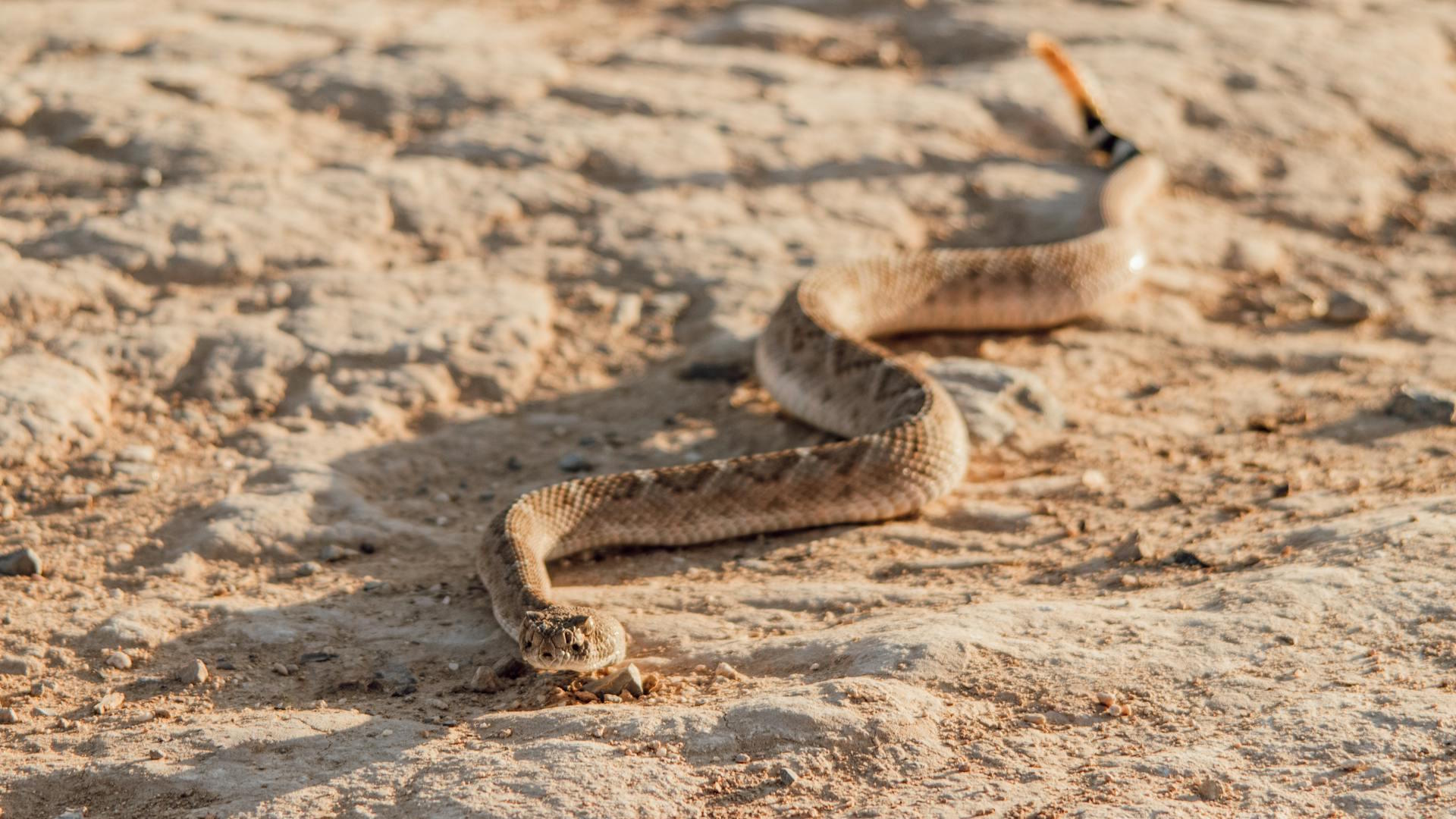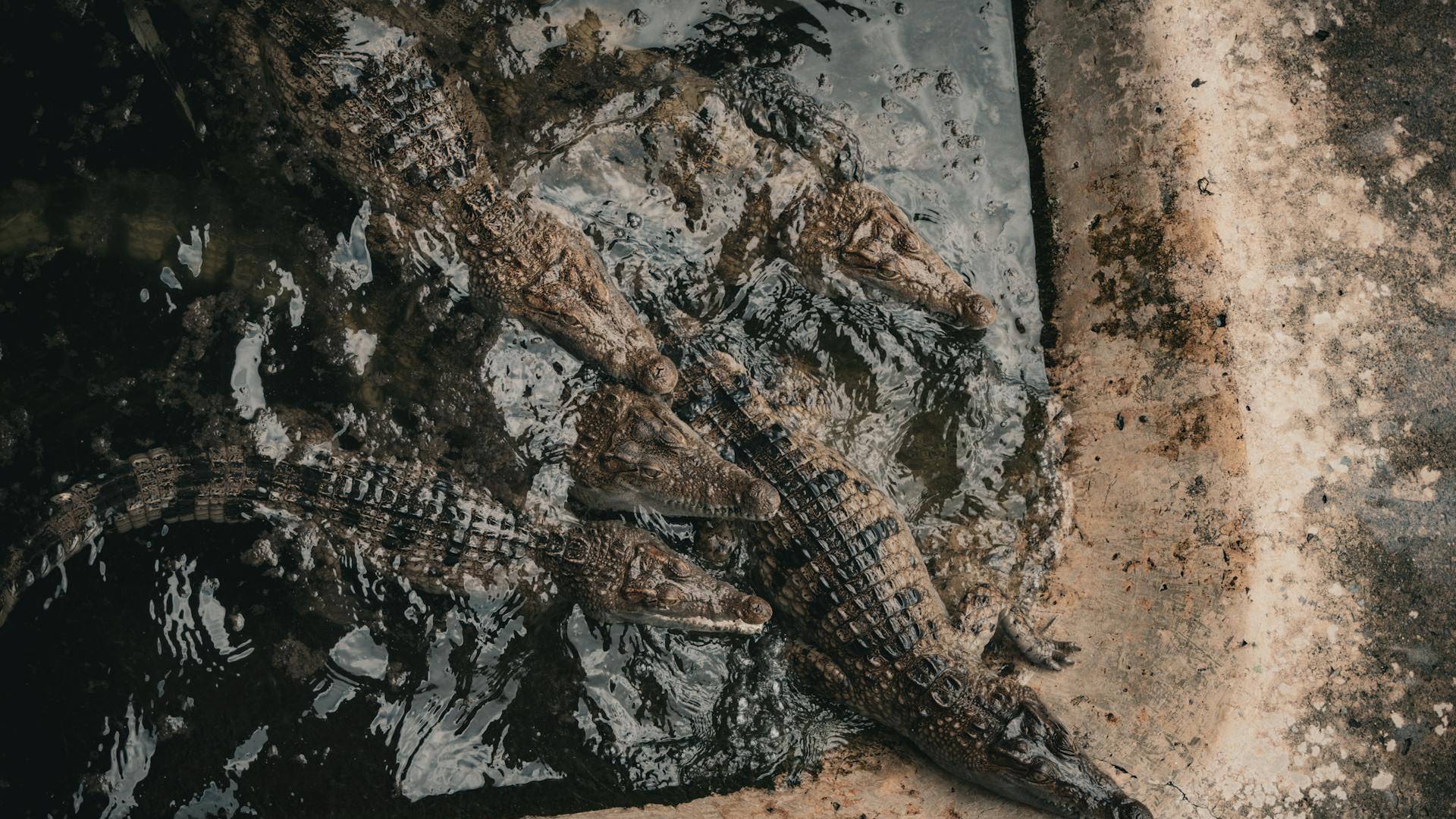Deep in the remote islands of Indonesia roams one of nature’s most fearsome predators – the Komodo dragon. These massive lizards, known scientifically as Varanus komodoensis, have earned a reputation as formidable hunters with a particularly lethal method of dispatching their prey. For decades, scientists believed their saliva contained deadly bacteria that caused sepsis in wounded prey. However, recent research has revealed a far more sophisticated hunting mechanism: a venom delivery system that slowly incapacitates victims through a combination of blood loss, shock, and the prevention of clotting. This article explores the fascinating and deadly bite of the Komodo dragon, unraveling the science behind how these ancient reptiles have perfected the art of the slow kill.
The Evolutionary Marvel of Komodo Dragons
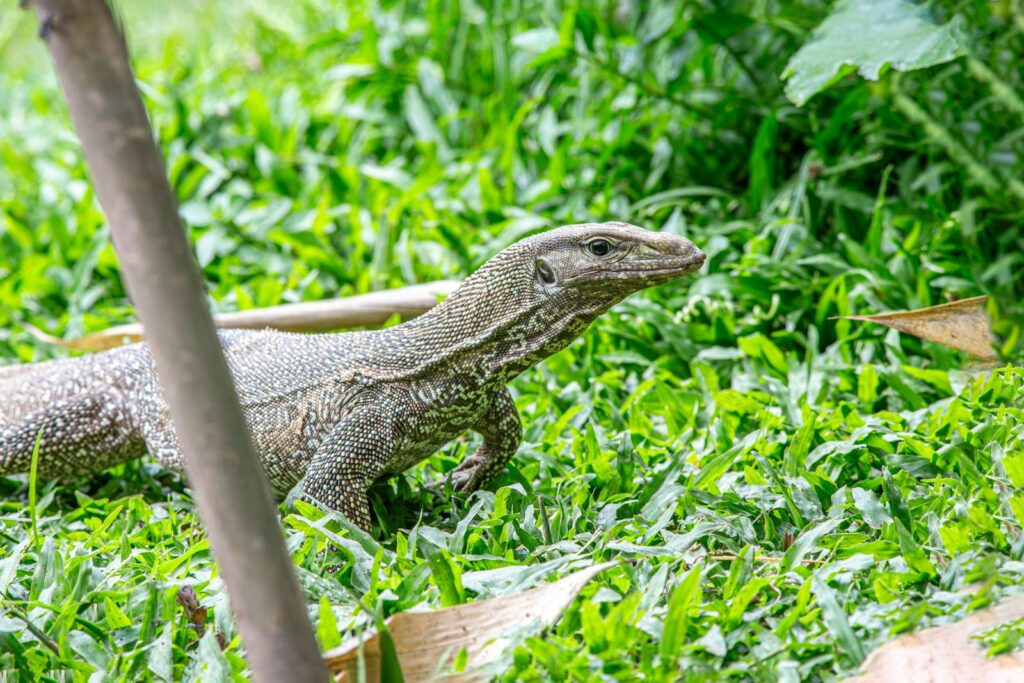
Komodo dragons represent the pinnacle of lizard evolution, having developed into the world’s largest living lizard species. These prehistoric-looking creatures can grow up to 10 feet long and weigh more than 300 pounds, dominating the ecosystems of five Indonesian islands: Komodo, Rinca, Flores, Gili Motang, and Gili Dasami. As apex predators, they’ve evolved in isolation for millions of years, developing hunting strategies perfectly suited to their island environments. Their evolutionary journey has produced a creature that combines raw physical power with sophisticated biochemical weaponry, making them one of the most successful and specialized predators on the planet. This unique evolutionary path has given rise to hunting methods unlike any other reptile on Earth.
Debunking the Bacteria Myth

For decades, the scientific consensus held that Komodo dragons killed through bacterial infection. Researchers believed their mouths harbored over 50 strains of toxic bacteria that would infect prey after a bite, eventually causing sepsis and death. This theory seemed to explain why dragons would bite prey and then track them for days before consuming them – they were simply waiting for bacteria to do their work. However, this longstanding belief was overturned in 2009 when researcher Bryan Fry of the University of Queensland conducted detailed studies of Komodo dragon mouths and found them no more bacteria-laden than other predators. The bacteria theory, it turned out, was largely a scientific misconception that had persisted for generations despite limited evidence. This revelation opened the door to discovering the dragons’ true killing method.
The Discovery of Venom Glands
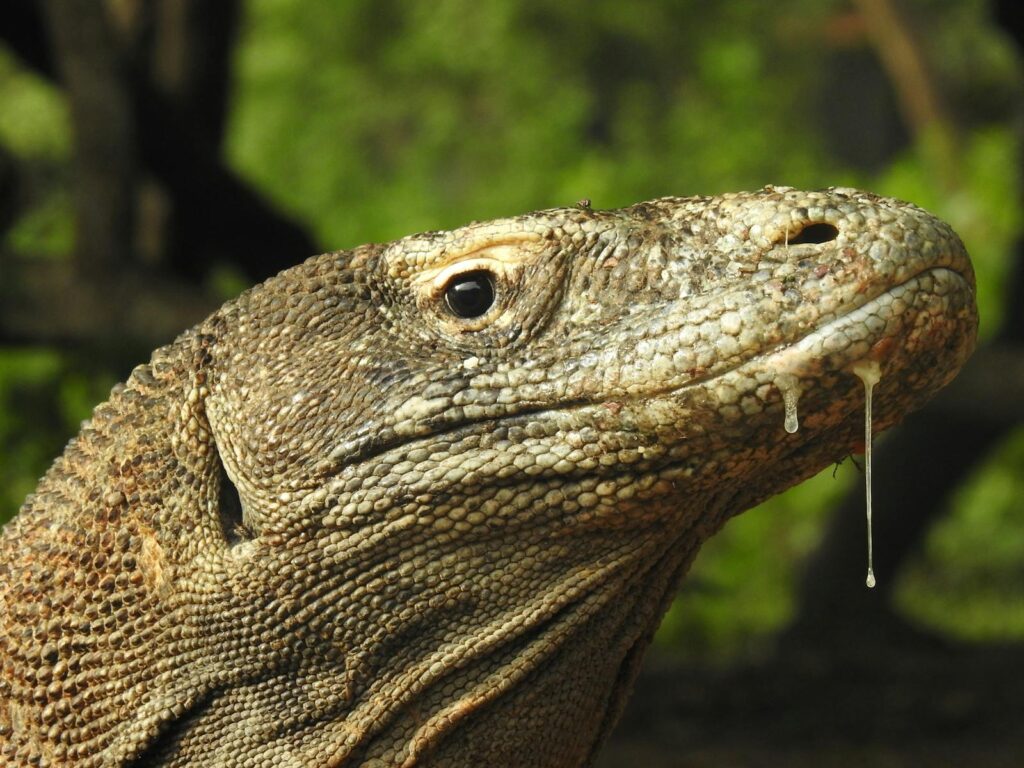
The breakthrough in understanding Komodo killing methods came when researchers identified specialized venom glands in the dragons’ lower jaws. Dr. Bryan Fry and his team used MRI technology to identify these previously undiscovered glands, which secrete a complex cocktail of toxins. These sophisticated venom delivery systems are located between the teeth of the dragons’ lower jaw and connect to ducts that allow venom to flow into wounds during bites. While not as specialized as snake venom glands, these structures represent a remarkable example of convergent evolution – where similar traits evolve independently in different species. The discovery fundamentally changed our understanding of lizard evolution, suggesting that many monitor lizards may have some venom-producing capabilities, with Komodos having developed the most advanced system.
The Terrifying Composition of Komodo Venom
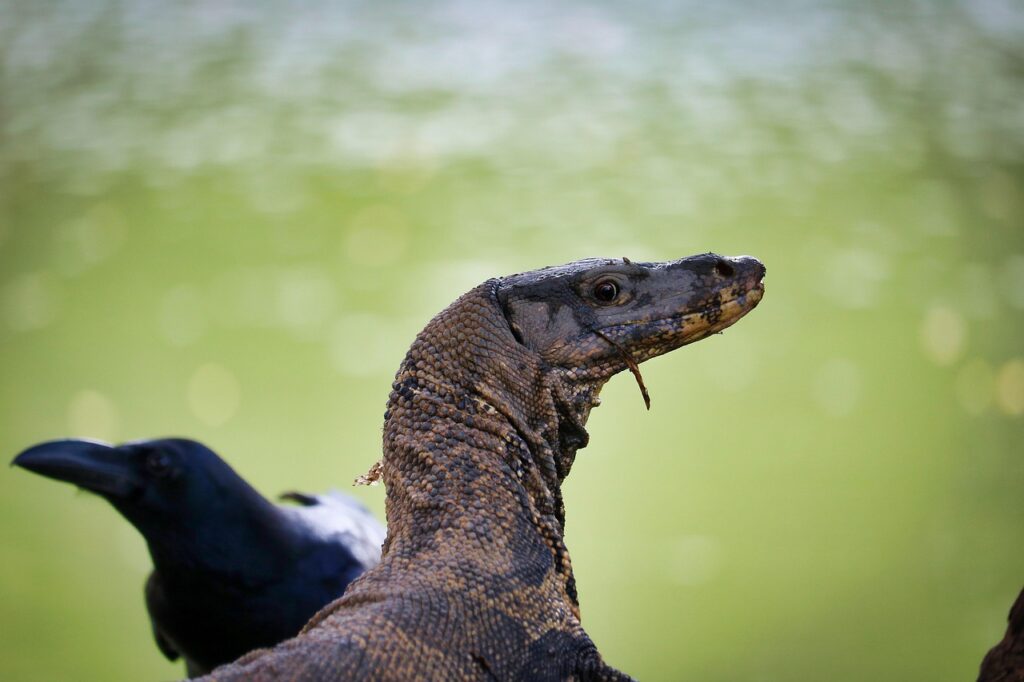
Komodo dragon venom is a complex biochemical weapon containing dozens of toxins that work in concert to debilitate prey. Unlike snake venom, which often contains neurotoxins that rapidly paralyze prey, Komodo venom specializes in disrupting blood clotting and causing significant drops in blood pressure. The venom contains multiple types of proteins, including phospholipases, kallikreins, and natriuretic peptides, which collectively prevent blood coagulation while simultaneously dilating blood vessels. This powerful combination ensures that bite wounds continue bleeding freely, rapidly depleting the victim’s blood volume. Additionally, the venom induces muscle paralysis and shock, further weakening prey animals and making escape increasingly difficult as the toxins circulate through their system.
The Deadly Mechanics of the Bite
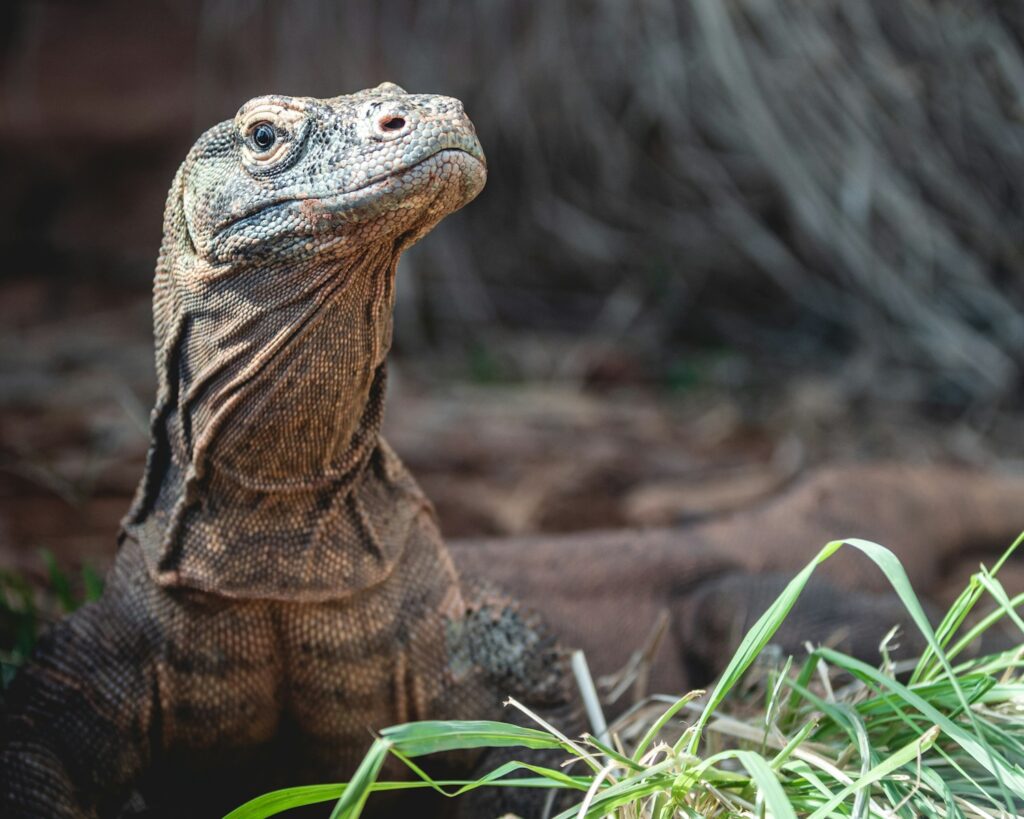
The Komodo dragon’s bite is engineered for maximum damage and effective venom delivery. Their jaws exert forces of up to 39 newtons, which, while not exceptionally powerful compared to crocodiles or large mammals, is perfectly adequate for their hunting style. What makes their bite particularly devastating is their serrated teeth – up to 60 replaceable, recurved teeth lined with serrations that function like steak knives, easily slicing through flesh and creating deep lacerations. When a dragon bites, it often uses a “bite and pull” technique, leveraging its strong neck muscles to tear large wounds in prey. These large wounds ensure maximum venom exposure and significant blood loss, beginning the slow process of incapacitation that may take hours or even days to result in death.
The Hunt and Track Strategy
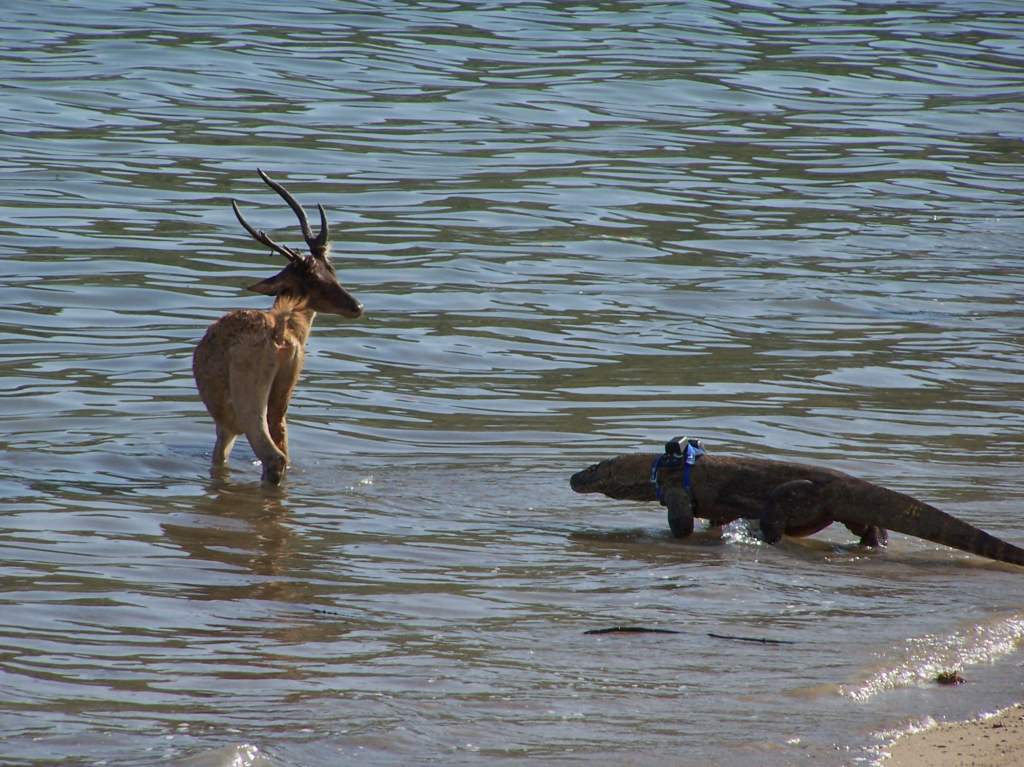
Komodo dragons have perfected a hunting strategy that capitalizes on their venomous bite. They often ambush prey, delivering a quick but devastating bite before backing away to a safe distance. After the initial attack, dragons will patiently track wounded prey using their excellent sense of smell, which can detect blood and carrion from miles away. This tracking phase may last from several hours to days, as the dragon follows its weakening victim while the venom slowly does its work. The strategy minimizes risk to the dragon, which might otherwise be injured by the defensive kicks of large prey like deer or water buffalo. Researchers have observed that dragons will sometimes take turns following wounded prey, with multiple individuals eventually converging when the animal finally collapses from blood loss and shock.
The Role of Shock in the Komodo Kill

One of the most devastating effects of Komodo venom is the rapid induction of shock in bite victims. The venom contains compounds that cause vasodilation – the widening of blood vessels – which leads to a dramatic drop in blood pressure. This hypotensive effect, combined with the ongoing blood loss from wounds that cannot clot properly, sends the victim’s body into hypovolemic shock. As shock progresses, oxygen delivery to tissues is compromised, organs begin to fail, and the prey animal becomes increasingly weak and disoriented. The psychological impact of shock shouldn’t be underestimated either, as prey animals experience intense stress responses that further tax their cardiovascular systems. This multi-faceted shock response ensures that even if prey manages to temporarily escape, their condition will steadily deteriorate until they can no longer flee or defend themselves.
Anticoagulants: Preventing the Healing Process
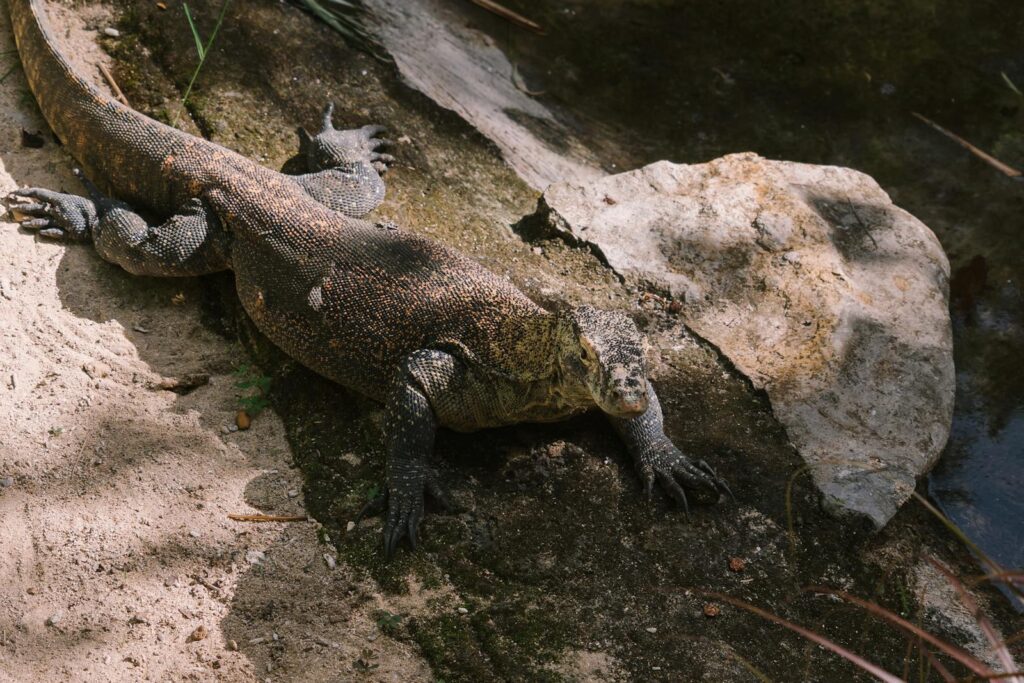
Perhaps the most crucial components of Komodo venom are its powerful anticoagulants, which prevent blood from clotting at bite sites. These specialized proteins, similar to those found in snake venoms, interfere with the coagulation cascade – the series of chemical reactions that normally seal damaged blood vessels. By disrupting this natural process, the dragon ensures that even relatively small wounds continue to bleed freely for extended periods. Some components in the venom specifically target fibrinogen, a protein essential for forming blood clots, while others inhibit factor X and other clotting factors in the blood. The evolutionary advantage of this approach is clear: it allows a relatively modest initial injury to become increasingly severe over time, eventually leading to exsanguination (severe blood loss) without requiring the dragon to maintain continuous contact with potentially dangerous prey.
Comparing Komodo Venom to Other Predators

The Komodo dragon’s venom system represents a fascinating middle ground in the spectrum of predatory adaptations. Unlike the highly specialized venom delivery systems of snakes, with their hollow fangs and dedicated venom glands, the Komodo’s system is more primitive but still remarkably effective. Their venom more closely resembles that of Gila monsters and other venomous lizards than that of advanced snakes. Compared to big cats, which kill primarily through suffocation or spinal damage, the Komodo’s approach trades speed for safety, allowing the predator to disengage after inflicting initial damage. When contrasted with crocodilians, which use overwhelming bite force and drowning tactics, the Komodo’s method requires far less physical exertion and risk. This unique approach to predation highlights nature’s diverse solutions to the challenges of securing large prey.
Prey Species and Their Defenses
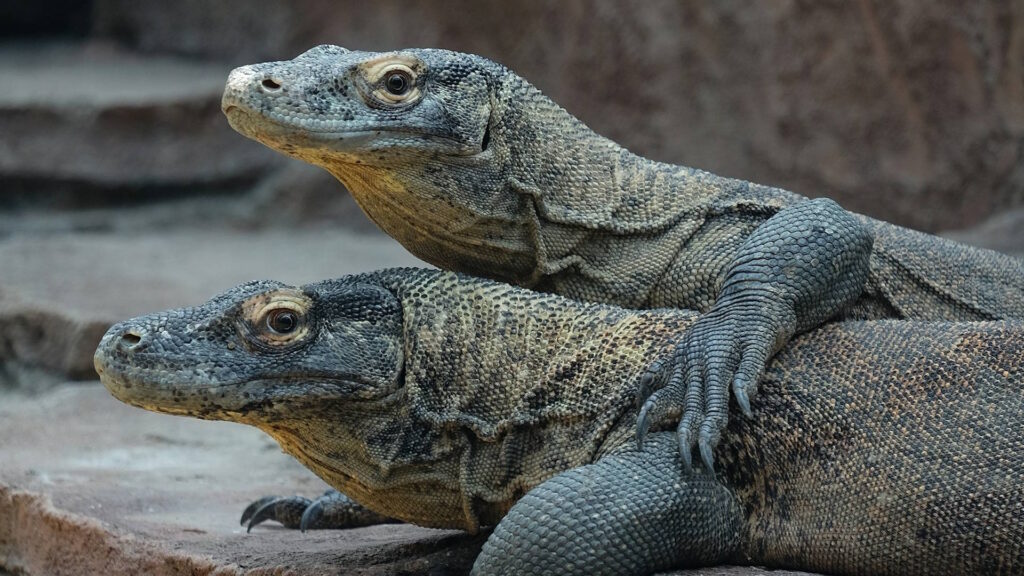
The primary prey species of Komodo dragons have evolved various defensive strategies against these formidable predators, though with limited success. Timor deer, the dragons’ preferred prey, rely primarily on speed and agility to escape initial attacks, but often succumb to the venom’s effects within 24 hours if bitten. Water buffalo, despite their size and strength, are particularly vulnerable to Komodo attacks due to their habit of seeking refuge in water holes, where dragons often wait in ambush. Interestingly, the mammals of these Indonesian islands have not developed specific immune responses to Komodo venom as they have with some snake venoms. Some prey animals attempt to create physical barriers against tracking dragons by crossing water or climbing rocky terrain, but the dragons’ patience and excellent scent-tracking abilities usually prevail. This evolutionary arms race has clearly favored the predator, with few prey species developing truly effective countermeasures against the Komodo’s hunting strategy.
Human Victims and Medical Implications
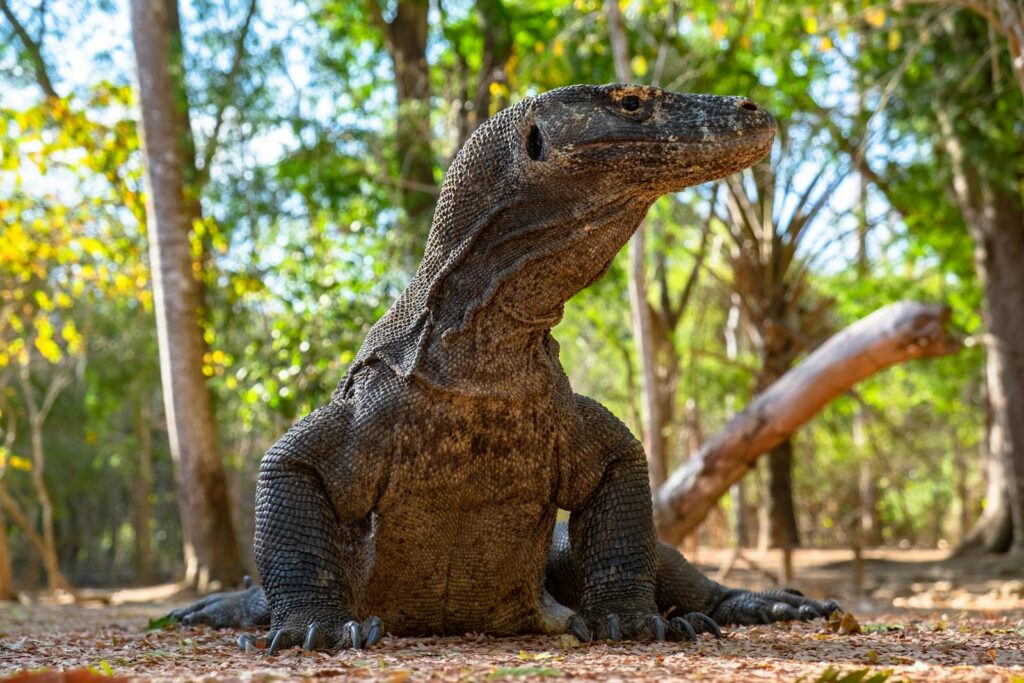
Though rare, Komodo dragon attacks on humans provide valuable insights into the effects of their venom on our species. Survivors report intense pain, rapid swelling, and wounds that bleed excessively and heal very slowly – all consistent with the venom’s known properties. Medical treatment for Komodo bites focuses on wound cleaning, controlling hemorrhage, and administering broad-spectrum antibiotics to prevent secondary infection of the damaged tissue. Unlike for many venomous snakebites, there is no specific antivenom available for Komodo dragon bites, making treatment largely supportive. The medical study of Komodo venom has broader implications, as researchers have identified compounds that might eventually lead to new anticoagulant medications or treatments for hypertension. This represents another example of how nature’s deadliest innovations can sometimes be repurposed for human medical benefit.
Conservation and the Future of Komodo Dragons
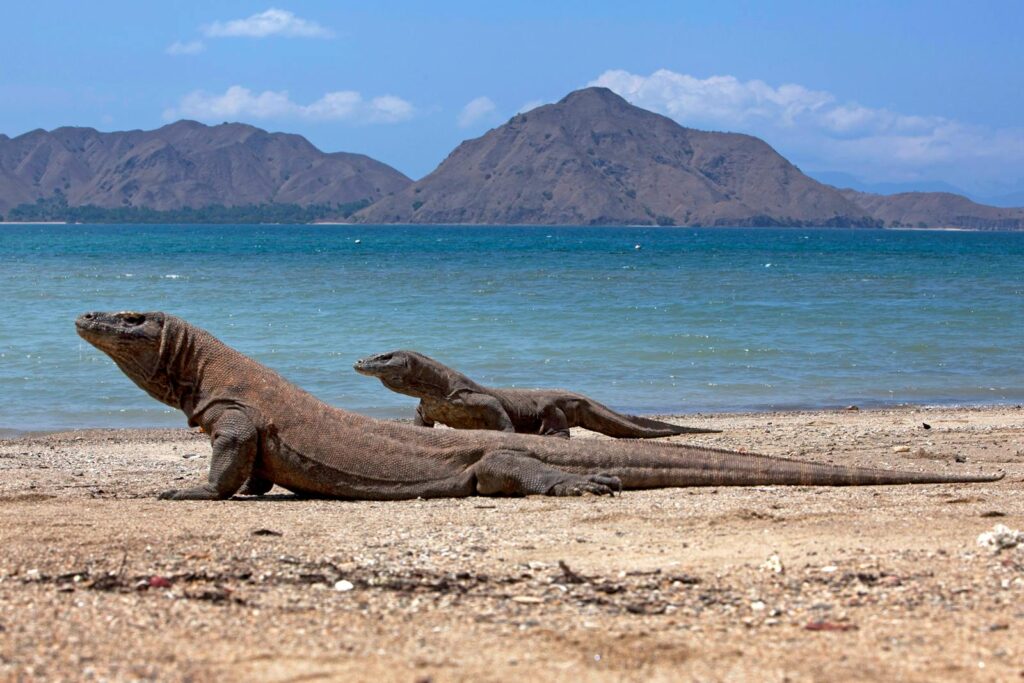
The future of these remarkable predators faces significant challenges in the modern world. With fewer than 4,000 Komodo dragons remaining in the wild, they are classified as endangered on the IUCN Red List, their population threatened by habitat loss, climate change, and human encroachment. Their limited island distribution makes them particularly vulnerable to environmental changes, including rising sea levels that could dramatically reduce their available habitat. Conservation efforts focus on protecting the dragons’ remaining territory within Komodo National Park, reducing human-dragon conflict, and maintaining genetic diversity in the population. Understanding the dragons’ unique hunting strategies and ecological role has been crucial in developing effective conservation plans. Preserving these living relics, with their remarkable predatory adaptations developed over millions of years of evolution, represents not just species conservation but the protection of one of nature’s most sophisticated hunting systems.
The Komodo dragon’s lethal bite represents one of nature’s most elegant yet terrifying hunting adaptations. Through the perfect integration of physical damage and biochemical warfare, these ancient reptiles have developed a predatory strategy that maximizes efficiency while minimizing risk. Their venom delivery system – once misunderstood as simply “toxic bacteria” – reveals the remarkable specialization that can occur when a predator evolves in isolation. As we continue to learn more about these magnificent creatures, we gain not just scientific knowledge but a deeper appreciation for the complex and often brutal elegance of natural selection. The Komodo dragon stands as a reminder that nature’s most fearsome innovations often develop slowly, over countless generations, resulting in predatory systems of remarkable sophistication and deadliness.

